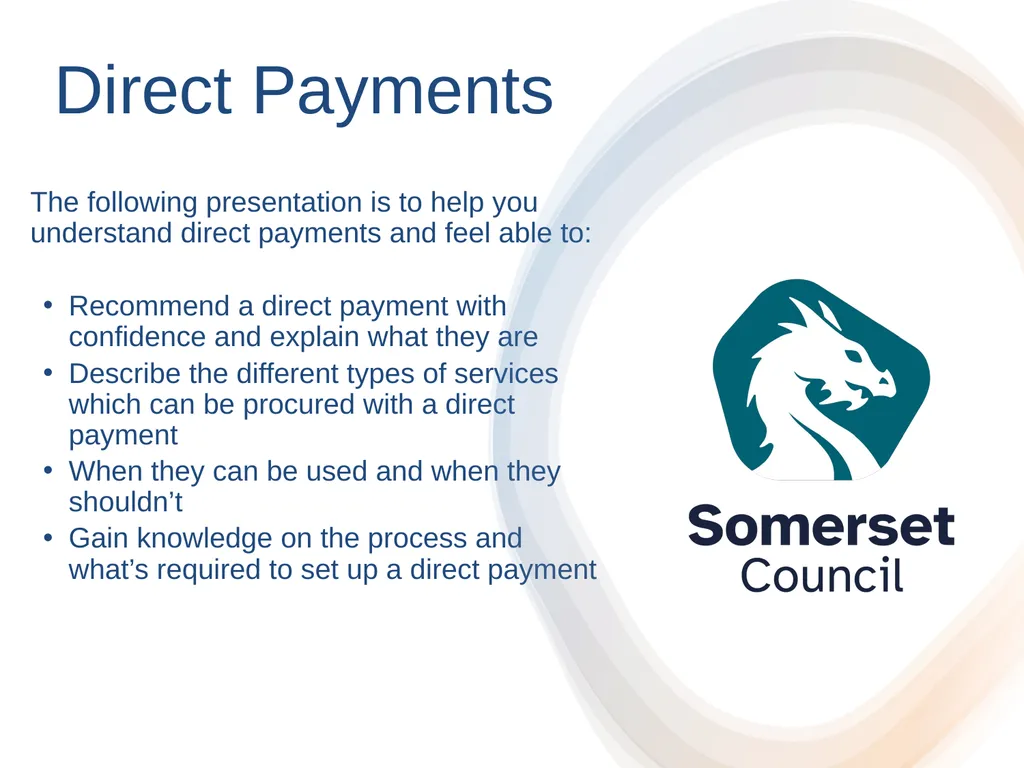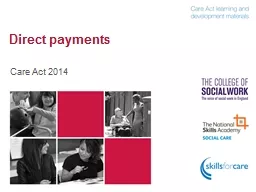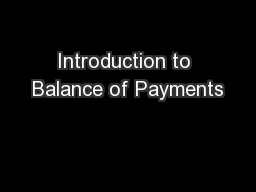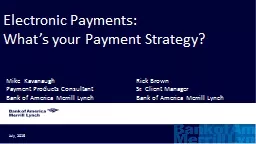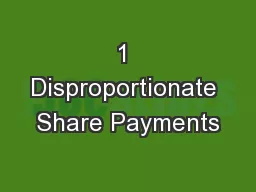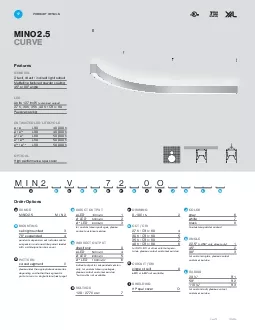Direct Payments The following presentation is to
Author : test | Published Date : 2025-06-23
Description: Direct Payments The following presentation is to help you understand direct payments and feel able to Recommend a direct payment with confidence and explain what they are Describe the different types of services which can be procured with
Presentation Embed Code
Download Presentation
Download
Presentation The PPT/PDF document
"Direct Payments The following presentation is to" is the property of its rightful owner.
Permission is granted to download and print the materials on this website for personal, non-commercial use only,
and to display it on your personal computer provided you do not modify the materials and that you retain all
copyright notices contained in the materials. By downloading content from our website, you accept the terms of
this agreement.
Transcript:Direct Payments The following presentation is to:
Direct Payments The following presentation is to help you understand direct payments and feel able to: Recommend a direct payment with confidence and explain what they are Describe the different types of services which can be procured with a direct payment When they can be used and when they shouldn’t Gain knowledge on the process and what’s required to set up a direct payment What is a Direct Payment? Who Can have one? They have the capacity to manage one and if they do not, someone who can manage it for them. Referred to as a nominated or authorised person Capacity If the person does not have capacity to manage their own care needs, they must have someone who can do this for them. This is referred to as a nominated or authorised person. This is regardless of whether they are placed onto a holding (previously known as managed) account or not. A nominated person is anyone who agrees to manage a direct payment on behalf of the person with care needs. The cared for person has capacity but chooses another person to run things for them. An authorised person is someone who agrees to manage a direct payment for a person who lacks capacity according to a Mental Capacity Act 2005 assessment. This must not be their care provider, an employee of SC or any company we are contracted with. The exceptions would be where the provider was also a relative, but we must point out the risk due to conflict of interest. Client Finances Within Somerset Council the Client Finances Team run the financial affairs for many people who lack capacity. Holding a Corporate Appointeeship does not authorise them to run a DP on behalf of an individual. For where an individual lacks capacity a Court of Protection order would be required, and they would be set up on a holding account with Enham. The Client Finances Team can sign the DP agreement and can assist if a micro-provider, self employed PA or CQC registered agency are used, but they cannot be an employer. If the service user has no nominated/authorised person and lacks capacity themselves, a DP would not be an option for them if they had to employ a carer or PA. Who cannot have one? Role of an Adult Social Care (ASC) Worker Process for setting up a Direct Payment Flow chart, followed by a
